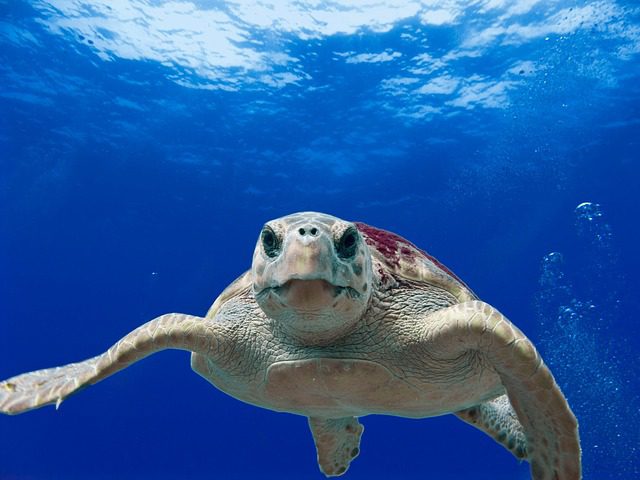By Krista Lyons, AliveTampaBay Correspondent
As Hurricane Irma barreled up the spine of Florida, Tampa residents caught a rare sight: an empty bay.
An eerie silence settled over the muddy shores as residents began to notice that the marine life had evacuated, too.
Seemingly, the only sign of life left on the beach on the morning of Sept. 9 and 10 were sea turtle nests.
Sea turtle nesting season takes place from roughly May 1 through Oct. 31. Turtles lay their eggs along the beach, taking care to choose areas away from high tide. In more calm hurricane seasons, this doesn’t pose a problem. But a turbulent hurricane season can pose big risks to the fragile, unprotected sea turtle eggs.
As the wind and the rain pounded the beaches and the roiling ocean fed the hurricane in the early morning of Sunday, Sept. 10, five of the remaining 10 sea turtle nests of the season on St. Pete Beach and Shell Key Preserve washed away due to the higher than usual tide. Two nests were under water or were washed over during the storm, and one nest never got wet, but hasn’t hatched. But, after Irma passed through, two nests hatched, which is great news, according to marine life expert Joe “Turtle Joe” Widlansky of Sea Turtle Trackers.
“The turtles did really good this year,” said Widlansky. “Before and after the storm, we had a fantastic season, with about three times as many hatches as we have had in the past years. The sea turtles know that storms will come, so they nest about four to five times per year. They know that storms come later, so they will typically nest earlier in the season and then a little bit later so that it is spread out.”
Despite the sea turtles’ good fortune this year, major hurricanes, like Irma and Maria can cause more damage than meets the eye. In fact, currents can extend as far down as 300 feet, disrupting marine life and damaging coral reefs, according to the University of Miami Rosenthal School of Marine and Atmospheric Science. Major storms can also change the temperature and salinity of the water closer to the surface, leading to further damage of coral reefs and disruption to the smaller fish. Locally, storm surge and major flooding can cause manatees and dolphins to become lost and stranded as the flood waters recede. Fortunately, just as we begin preparing in the week leading up to a major storm, so do the inhabitants of the Gulf.
Dolphins, manatees, and sea turtles will head away from the storm, with dolphins and manatees often heading for the calmer areas, like the Intracoastal Waterway or far into the bay. Sea turtles often head down to the seafloor to sleep and ride out the storm.
“Hurricanes certainly don’t impact the major animals,” said Widlansky. “There might be one or two animals — maybe a sick dolphin or turtle who get stranded or blown on shore, but mostly the healthy ones are okay to get out of the way of the worst of it.”
Because of the receding waters near Bayshore Boulevard, one local manatee became stranded during Hurricane Irma. Although it made for an unsettling sight, this is not wholly uncommon when water rises and drops suddenly.
“Bayshore Boulevard being way up in the bay, the Manatee was trying to get cover away from the storm in the quieter waters,” said Widlansky. “It happened last year also, when a few manatees and a baby got stuck in the canal after the water went down from a flood. People had to go help take them back to their normal water. When something like that happens around here, somebody will see it and report it, and a response team will go out and help the poor manatee.”
Like marine life, birds typically leave before a major hurricane. If birds stay, they will typically take cover or be blown around. Before Irma and Maria, most of bird eggs have hatched, which is good news for this year’s chicks.
Once the storm has passed, marine life and birds typically return within about a week. Depending on the size of the storm and the amount of floodwaters, it may take slightly longer for the fish and mammals we commonly see in the water to return. As for Tampa, marine life returned fairly quickly post-Irma.
“The marine life is pretty much all back since [Irma],” said Widlansky. “In the past two weeks or so, (we) have seen turtles and birds who are back to normal. So all in all, it has still been a good year even with the storm.”
To learn more about sea turtle nesting season, see Turtle Talk: Sea Turtles Heading to Suncoast Beaches by Krista Lyons.


